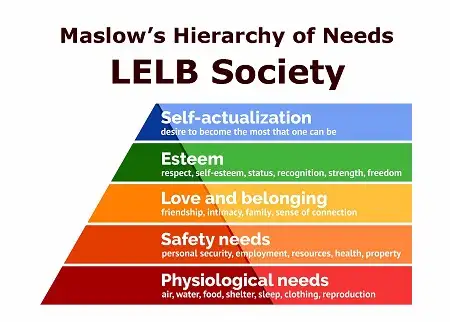IELTS Listening Practice Self-actualization IELTS Listening Practice Self-actualization About this activity This activity is labeled round table by Dr. Hariri, the creator and administrator of LELB Society. This activity is on the premise of Flipped Learning, according to which the students watch a video before the class, carry out research into the selected theme, and prepare themselves for an informed discussion in the class. This activity is on the basis of both synchronous and asynchronous computer-mediated communication (CMC), according to which the students are also encouraged to be active even before the class. In this flipped classroom activity, the students are encouraged to utilize the comment form at the bottom of the post to to exchange their questions, findings, and experiences with each other. Later on, ...
Home » Listening Practice in English » IELTS Listening Practice Self-actualization

IELTS Listening Practice Self-actualization
Updated: by Dr. Mohammad Hossein Hariri Asl
Time to Read: 4 minutes | 348 Views | 14 Comments on IELTS Listening Practice Self-actualization
Share This Post
About the Author
Dr. Mohammad Hossein Hariri Asl is an English and Persian instructor, educator, researcher, inventor, published author, blogger, SEO expert, website developer, entrepreneur, and the creator of LELB Society. He's got a PhD in TEFL (Teaching English as a Foreign Language).
Number of Posts: 4235



I m sorry i forgot to set number my questions .
No problem. Please kindly remember putting a number before your questions in our comment forms from now on.
6. Elaborate on the major criticism leveled at Maslow’s Hierarchy of Needs principle.
5. What could be an incentive plan? [Time 8:10]
What is a physiological need?
I’m sorry I forgot to set a number for my question.
That’s OK.
Unlike self-actualization, our physiological needs are located at the very bottom of the Hierarchy of Needs Pyramid proposed by Abraham Maslow, for example, food, water, air, etc.
3. What types of safety are important in the second level of Maslow’s hierarchy?
Thank you for making this question about self-actualization and the Hierarchy of Needs principle or pyramid by Abraham Maslow. We’ll talk about that in our following online class.
2. What is the meaning of “taking precedence” ? [Time: 2:23]
Thank you for mentioning the elapsed time in the presentation. Taking precedence means coming first and having a priority in a sequence of importance.
1. Does the following proverb have something to do with Maslow’s standpoint?
“A hungry belly has no ears”
Such a fantastic question! In fact, this proverb is thematically relevant to Maslow’s Self-Actualization Pyramid. This is because, according to Maslow, hunger as a basic need should first be satisfied for a human to be able to go up the ladder of success and reach for self-actualization at the acme of the pyramid.